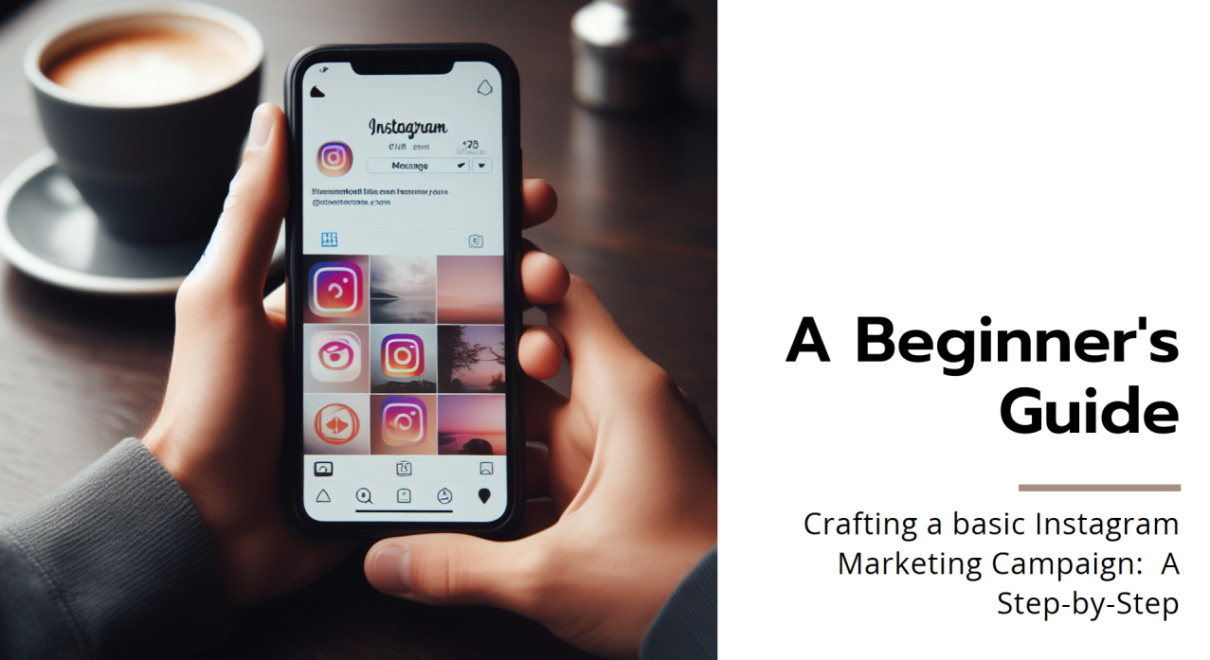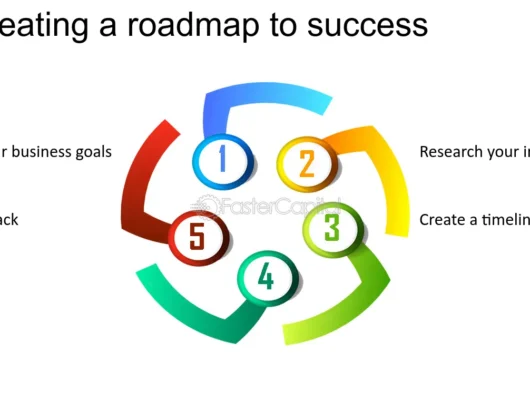Instagram has become a cornerstone of digital marketing, offering businesses and influencers alike a platform to connect with audiences in visually compelling ways.
But running a successful Instagram campaign requires more than just posting beautiful photos; it involves careful planning, execution, and analysis.
In this article, we’ll walk you through the key steps to effectively manage an Instagram campaign that delivers results.
1. Define Your Campaign Goals
- Start with Clear Objectives: Every successful campaign begins with clear, measurable goals. Are you aiming to increase brand awareness, drive website traffic, boost sales, or grow your follower count? Defining your objectives will guide your strategy and help you measure success.
- Align with Business Goals: Ensure that your Instagram campaign aligns with your broader business objectives. For example, if your business goal is to increase sales, your Instagram campaign might focus on promoting new products or special offers.
2. Identify Your Target Audience
- Know Your Audience: Understanding who you’re trying to reach is crucial. Analyze your current followers, customer demographics, and behaviors to identify your target audience.
- Create Buyer Personas: Develop detailed buyer personas that represent your ideal customers. Include information such as age, gender, location, interests, and online behaviors. Tailor your campaign content to these personas to ensure it resonates with your audience.
3. Plan Your Content Strategy
- Content Themes: Determine the key themes or messages you want to convey throughout your campaign. Consistent messaging across your posts will reinforce your campaign objectives.
- Content Types: Decide on the types of content you’ll use, such as images, videos, carousels, stories, and reels. Diversifying your content types can keep your audience engaged and cater to different preferences.
- Create a Content Calendar: Plan your posts in advance by creating a content calendar. This ensures a steady flow of content throughout the campaign and helps you coordinate with other marketing efforts.
4. Set a Budget
- Allocate Resources: Determine your campaign budget, including costs for content creation, influencer partnerships, ad spend, and any tools or software needed for campaign management.
- Balance Organic and Paid Strategies: While organic posts are essential for maintaining a genuine connection with your audience, consider using paid promotions to amplify your reach. Allocate a portion of your budget to Instagram ads that target your ideal audience.
5. Create Engaging and High-Quality Content
- Professional Quality: Invest in high-quality visuals and production. Whether you’re shooting a product video or designing a promotional graphic, professional content will make your campaign stand out.
- Use Storytelling: Effective campaigns often tell a story that resonates with the audience. Use storytelling techniques in your captions, videos, and images to create an emotional connection with your followers.
- Include a Strong CTA: Every piece of content should include a clear call to action (CTA). Whether it’s encouraging followers to visit your website, make a purchase, or participate in a contest, a strong CTA drives campaign goals.
6. Leverage Instagram Features
- Instagram Stories and Reels: Use Instagram Stories and Reels to create more dynamic and interactive content. These features are highly engaging and often receive higher visibility due to Instagram’s algorithms.
- Shopping Features: If applicable, use Instagram’s shopping features to directly link products in your posts and stories. This can streamline the purchasing process and increase conversions.
- Hashtags and Geotags: Optimize your posts with relevant hashtags and geotags to increase discoverability. Use a mix of popular and niche hashtags to reach a broader yet targeted audience.
7. Collaborate with Influencers
- Choose the Right Influencers: Partner with influencers whose audience aligns with your target market. Look for influencers who share your brand values and have a genuine connection with their followers.
- Set Clear Expectations: Clearly define the campaign goals, deliverables, and timelines with your influencer partners. Ensure that their content aligns with your campaign messaging and brand aesthetics.
- Leverage User-Generated Content (UGC): Encourage influencers and followers to create and share content related to your campaign. Reposting UGC can boost engagement and add authenticity to your campaign.
8. Launch and Monitor Your Campaign
- Go Live: Once everything is in place, launch your campaign according to your content calendar. Make sure to monitor the initial response and be ready to make adjustments if needed.
- Engage with Your Audience: Actively engage with your followers by responding to comments, DMs, and mentions. Engagement not only boosts your visibility but also strengthens your relationship with your audience.
- Track Performance in Real-Time: Use Instagram Insights and other analytics tools to track key metrics such as reach, engagement, click-through rates, and conversions. Real-time monitoring allows you to make necessary adjustments on the fly.
9. Analyze and Report Results
- Measure Against KPIs: After the campaign ends, compare the results against your initial KPIs. Did you achieve your goals? Analyze which aspects of the campaign performed well and which didn’t.
- Collect Feedback: Gather feedback from your audience, influencers, and team members to gain insights into what worked and what can be improved in future campaigns.
- Prepare a Detailed Report: Compile your findings into a comprehensive report. Include metrics, insights, and recommendations for future campaigns. This report will serve as a valuable reference for optimizing future Instagram marketing efforts.
10. Learn and Optimize for Future Campaigns
- Continuous Improvement: Use the insights gained from your analysis to refine your Instagram campaign strategy. Focus on replicating successful tactics and addressing any shortcomings.
- A/B Testing: Consider A/B testing different elements in future campaigns, such as content types, posting times, or CTAs, to determine what works best for your audience.
- Stay Updated on Trends: Instagram is constantly evolving, with new features and trends emerging regularly. Stay updated on platform changes and adjust your campaign strategies accordingly to stay competitive.
Conclusion
Effective Instagram campaign management requires a combination of strategic planning, creative content, and ongoing analysis.
By setting clear goals, understanding your audience, leveraging Instagram’s features, and continuously optimizing your approach, you can create campaigns that not only capture attention but also drive meaningful results.
With these tips, you’ll be well-equipped to manage Instagram campaigns that elevate your brand and engage your audience in powerful ways.






